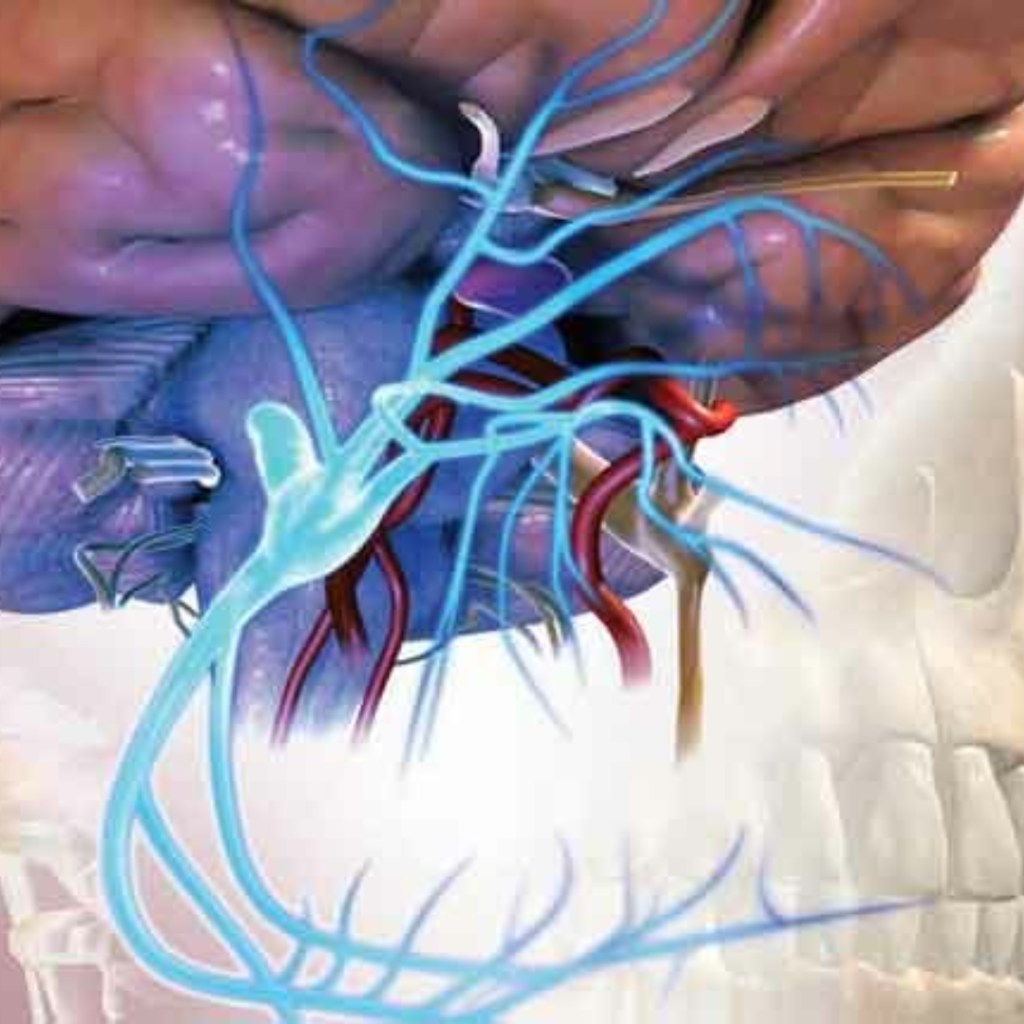Trigeminal neuralgia, often referred to as “the suicide disease” because of the intense pain it causes, is a chronic pain condition that affects the trigeminal nerve, which carries sensation from your face to your brain. Despite its severity, many people delay seeking treatment due to lack of awareness or underestimation of the condition’s seriousness. Ignoring trigeminal neuralgia can lead to worsening symptoms and severely impact quality of life. This blog post aims to shed light on why it’s critical not to overlook the symptoms of trigeminal neuralgia, exploring its potential consequences, management strategies, and the importance of early diagnosis and treatment.
Understanding Trigeminal Neuralgia
Definition and Symptoms
Trigeminal neuralgia is a neurological condition that causes extreme, sporadic, sudden burning or shock-like facial pain that can be excruciating and debilitating. The pain typically affects one side of the face, primarily along the distribution of the trigeminal nerve, which is one of the largest nerves in the head. The attacks are brief, lasting from a few seconds to two minutes, and can occur in quick successions or in volleys throughout the day. The pain is often triggered by everyday activities such as eating, talking, or even touching the face, which can make it particularly distressing and disruptive to daily life.
Causes and Risk Factors
The most common cause of trigeminal neuralgia is a blood vessel pressing on the trigeminal nerve at the point where it exits the brainstem. This pressure can cause the nerve to misfire, leading to the pain symptoms associated with the condition. Other potential causes include multiple sclerosis, which can damage the myelin sheath protecting the nerve, or a tumor that compresses the nerve. Risk factors for trigeminal neuralgia typically increase with age and are more prevalent in individuals over 50. Additionally, the condition is more common in women than in men.
The Consequences of Ignoring Trigeminal Neuralgia
Ignoring or delaying treatment for trigeminal neuralgia is not just about enduring unnecessary pain; it can lead to progressive and potentially severe complications. As the condition worsens, the pain can become more frequent and intense, significantly impacting the sufferer’s quality of life. The effects extend beyond physical symptoms, influencing mental health and overall well-being. Let’s explore these implications in greater detail to understand why addressing this condition promptly is crucial.
Progression of Symptoms
Without appropriate treatment, trigeminal neuralgia can evolve from occasional twinges of pain to a chronic pain state. The attacks may increase in frequency, duration, and intensity. Over time, the trigger zones can expand, meaning that larger areas of the face may respond painfully to touch or even to mild stimulation such as a breeze. The pain might also become more persistent, shifting from episodic severe pain to a constant dull ache with sharp bursts when triggered.
Impact on Mental Health
The constant fear of the next pain attack can lead to significant psychological stress. Sufferers may experience anxiety, depression, and in severe cases, suicidal thoughts, due to the relentless and unpredictable pain. Social withdrawal is also common, as individuals may fear engaging in activities that could trigger the pain, leading to isolation and further affecting mental health. Early treatment and management strategies are key to preventing these severe psychological repercussions.
Diagnosis and Why It’s Often Delayed
Accurately diagnosing trigeminal neuralgia can be challenging due to the nature of the symptoms and their similarity to other facial pain disorders. This section will explore the complexities involved in diagnosing this condition and the common reasons for delays that can affect treatment outcomes.
Challenges in Diagnosing Trigeminal Neuralgia
Trigeminal neuralgia is primarily diagnosed based on the patient’s description of their symptoms, which can be highly subjective. The intermittent and spontaneous nature of the pain makes it difficult to observe and assess during a typical medical examination. Moreover, there are no specific tests that definitively diagnose trigeminal neuralgia, which further complicates the diagnostic process. Neurological examinations are used to rule out other causes of facial pain, and imaging tests like MRI may be employed to identify any underlying causes such as a tumor or multiple sclerosis that could be compressing the trigeminal nerve.
Common Misdiagnoses
Due to its symptom similarity with other types of facial pain, trigeminal neuralgia is often misdiagnosed as dental pain, sinusitis, migraines, or even psychological disorders. This misdiagnosis can lead to ineffective treatment plans that do not address the actual nerve issue, prolonging the patient’s suffering and potentially leading to worsening symptoms. Patients might undergo unnecessary dental procedures or be treated for other disorders without relief, which can be frustrating and disheartening.
Treatment Options for Trigeminal Neuralgia
Effective management of trigeminal neuralgia involves a variety of treatment strategies that can be tailored to the individual’s specific symptoms and overall health condition. Understanding these options can empower patients to make informed decisions about their care.
Medical Treatments
Medical management is often the first line of treatment for trigeminal neuralgia. Anticonvulsant medications, such as carbamazepine, are commonly prescribed as they are effective in blocking nerve firing and can significantly reduce pain symptoms. Other medications may include muscle relaxants and antispasmodic agents. These drugs can be very effective, but they may also carry side effects that need to be managed carefully by a healthcare provider. Regular follow-ups are necessary to monitor the effectiveness of the medication and adjust dosages or change medications as needed.
Surgical and Non-Surgical Options
When medication is not sufficient to control the pain or produces intolerable side effects, surgical options may be considered. Microvascular decompression is one of the most common surgical procedures, which involves relocating or removing blood vessels that are compressing the trigeminal nerve. Other less invasive surgical options include Gamma Knife radiosurgery, which uses focused radiation to target and damage the nerve fibers that are producing pain. Non-surgical approaches such as botulinum toxin injections (Botox) and percutaneous treatments like balloon compression or glycerol injection can also provide relief by damaging the nerve fibers responsible for the pain.
Each treatment has its benefits and risks, and deciding on the best approach depends on various factors, including the severity of symptoms, the patient’s overall health, and their personal preferences. It’s crucial for patients to discuss all available options with their healthcare providers to determine the most appropriate strategy for managing their condition.
Conclusion
Trigeminal neuralgia is a severe neurological condition that should not be ignored. The intense, shock-like facial pain it causes can significantly impact a person’s quality of life. Understanding the symptoms, causes, and the potential consequences of delayed diagnosis is crucial for timely and effective treatment. Various treatment options ranging from medication to surgery provide hope and relief for those suffering. By recognizing the symptoms early and consulting with healthcare providers, patients can find effective strategies to manage their condition and improve their overall well-being.
Frequently Asked Questions
Q: What triggers trigeminal neuralgia?
Ans: Triggers can vary widely among individuals but often include light touch, eating, talking, or even exposure to wind. Identifying personal triggers is a crucial step in managing the condition.
Q: Is trigeminal neuralgia curable?
Ans: While there is no cure for trigeminal neuralgia, the condition can be effectively managed with medications, surgery, and other treatments to significantly reduce or eliminate pain.
Q: How quickly does trigeminal neuralgia progress?
Ans: The progression can vary, but without treatment, it may worsen over time, increasing both the frequency and intensity of the pain episodes.
Q: Can trigeminal neuralgia affect both sides of the face?
Ans: It is most common for trigeminal neuralgia to affect just one side of the face, but in rare cases, it can affect both sides, though usually not simultaneously.
Q: What should I do if I think I have trigeminal neuralgia?Ans: If you suspect you have trigeminal neuralgia, consult a healthcare provider as soon as possible for a proper diagnosis and to discuss the best treatment options tailored to your specific needs.

